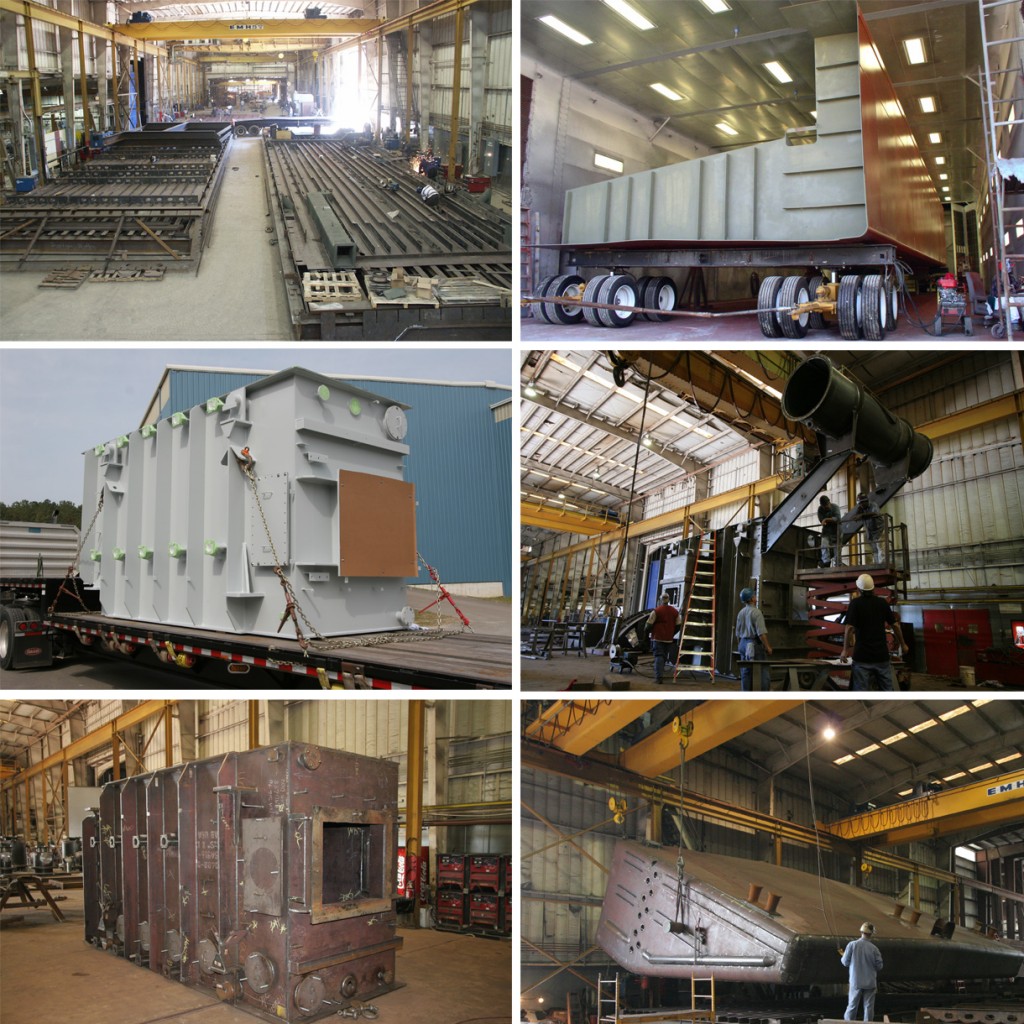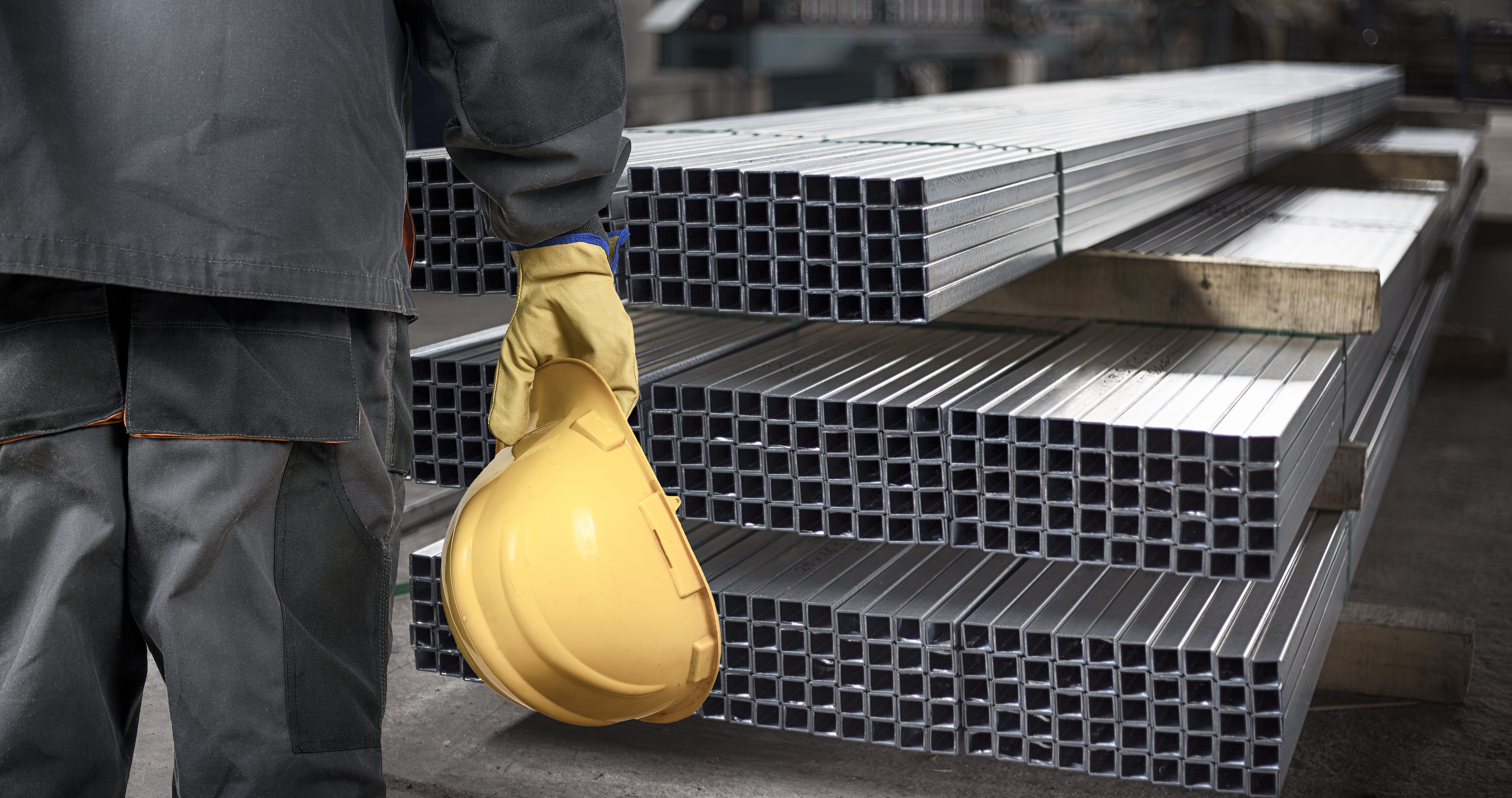Steel Fabrication Melbourne: Workmanship Meets Technology
Steel Fabrication Melbourne: Workmanship Meets Technology
Blog Article
Innovative Patterns in Steel Fabrication: Enhancing Sturdiness and Accuracy
In the world of steel fabrication, the search of durability and precision has led to a wave of cutting-edge fads that are reshaping the sector. These trends are not just shaping the existing yet also laying the groundwork for the future of steel fabrication, promising more improvements in toughness and precision.
Advanced Welding Technologies
In the realm of steel fabrication, the fostering of advanced welding modern technologies has actually significantly changed the sector's strategy to attaining premium quality and accuracy in architectural welds. Advanced welding technologies, such as laser light beam welding and friction stir welding, have emerged as game-changers in the field. By leveraging these sophisticated welding strategies, steel fabricators can raise the toughness, strength, and accuracy of their architectural welds, meeting the significantly demanding needs of modern-day building tasks.
Robot Automation in Construction
Accepting robotic automation has actually come to be a cornerstone of modern steel fabrication practices, improving processes and boosting effectiveness throughout the industry. Robots are reinventing the means steel components are produced, using unequaled accuracy and rate while reducing human error. These automated systems can deal with recurring jobs with constant precision, resulting in better final result.
One trick benefit of robot automation in steel fabrication is the capacity to work around the clock without fatigue, significantly enhancing production output. This constant operation decreases downtime and increases task timelines, inevitably saving expenses for makers. Furthermore, robots can be programmed to do intricate tasks that might be difficult or dangerous for human workers, improving safety in the office.
In addition, robot automation enables smooth integration with various other digital innovations, such as computer-aided design (CAD) software program and Web of Points (IoT) systems (steel fabricators melbourne). This interconnected approach enhances communication between different stages of fabrication, optimizing operations and making sure real-time monitoring and control. As the steel manufacture market continues to develop, robot automation stands apart as a transformative pressure driving performance and accuracy in making procedures

High-Strength Alloy Advancement
The development of high-strength alloy development in steel fabrication is improving the market's technique to boosting product toughness and efficiency. High-strength alloys are engineered to display premium mechanical residential properties, such as enhanced tensile stamina, strength, and rust resistance compared to typical steel grades. By integrating these sophisticated alloys into fabrication processes, makers can produce components that stand up to greater tension degrees and harsh settings, causing even more reputable and resilient end items.
One trick benefit of high-strength alloy advancement is the capacity to lower material thickness without endangering architectural integrity. This not just causes lighter-weight components however likewise adds to cost savings and improved performance in construction and setting up processes. The improved strength-to-weight ratio of these alloys allows for the layout and building of frameworks with greater load-bearing abilities while reducing total steel fixing weight.
3D Modeling and Simulation Software Program
Improvements in steel fabrication processes have been dramatically thrust by the assimilation of cutting-edge 3D modeling and simulation software application devices. These tools permit producers to create comprehensive digital versions of their tasks, enabling them to visualize the last product with precision prior to any type of physical job begins.

Sustainable Practices in Steel Manufacturing
Integrating lasting practices into steel manufacturing processes is important for reducing ecological influence and making sure lasting source schedule. One crucial lasting technique is the fostering of energy-efficient technologies to lower greenhouse gas discharges during the steel production process. This consists of making use of renewable resource resources, such as solar or wind power, to power steel plants and executing energy-efficient equipment to maximize power usage.
Another important facet of lasting steel manufacturing is the accountable sourcing of resources. This includes making sure that the iron ore and other sources utilized in steelmaking are obtained from ethical and eco-friendly sources. By promoting transparency in the supply chain and sticking to strict environmental requirements, steel suppliers can lessen the adverse influences of source extraction on neighborhood environments and neighborhoods.

Verdict
Finally, the cutting-edge patterns in steel fabrication such as advanced welding modern technologies, robot automation, high-strength alloy advancement, 3D modeling and simulation software program, and sustainable techniques are enhancing the durability and accuracy of steel products. These advancements are changing the steel manufacture market by boosting efficiency, sustainability, and high quality. It is clear that the future of steel fabrication exists in accepting these advanced modern technologies to satisfy the needs of contemporary building and manufacturing markets.
In the realm of steel fabrication, the pursuit of durability and precision has led to a wave of innovative trends that are reshaping the market.In the realm of steel manufacture, the fostering of advanced welding technologies has actually considerably changed the market's approach to achieving superior top quality and accuracy in structural welds. As the steel construction sector proceeds to evolve, robotic automation stands out as a transformative pressure driving efficiency and precision in producing procedures.
Furthermore, recycling and reusing steel scrap and waste materials play a substantial role in boosting the sustainability of steel production. metal fabrication melbourne.In conclusion, the innovative trends in steel manufacture such as innovative welding technologies, robotic automation, high-strength alloy development, 3D modeling and simulation software application, and sustainable techniques are boosting the longevity and accuracy of steel items
Report this page